I was recently asked by the folks at Kleenex if I would like to write a post that shared a cause or organization that was close to my heart. The answer was an easy yes, and I didn’t have to think twice to know which organization I would love to share with my readers – The Childhood Apraxia Of Speech Association Of North America, otherwise known as CASANA. CASANA is the only nonprofit public charity exclusively dedicated to children with apraxia of speech and their families.
Why does CASANA matter to me?
Because my sweet, silly and spunky daughter suffers from severe apraxia.
Apraxia is something we had never heard of a year ago, and is now a major part of our lives, and probably always will be. Due to apraxia, our almost three year old daughter is for the most part almost completely non-verbal and also has extremely limited ability to use sign language. Due to how profoundly impacted she is, there is a strong chance that she will never be able to use speech (or sign language) as her primary method of communication. She tries all day, every day, to communicate with us, but apraxia severely limits what she can express. I’ve shared before that some days with apraxia are hard and dark (and use a fair amount of Kleenex!) but this sweet little ray of sunshine keeps us looking hopefully to the future.
What is apraxia? Childhood apraxia of speech is a neurological motor planning disorder. 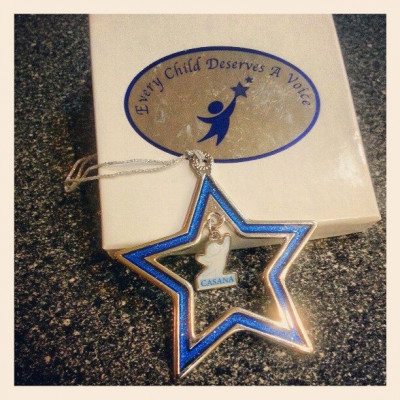
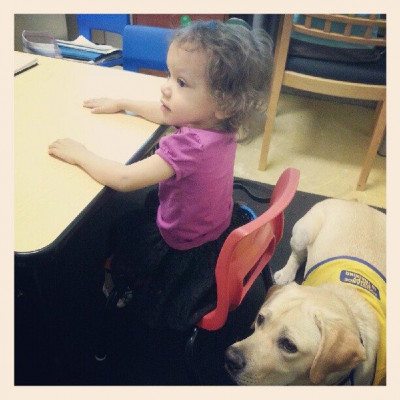
For most children with moderate to severe apraxia of speech, a great deal of therapy is needed. Multiple sessions weekly, for years, with a speech and language pathologist who is experienced in the treatment of apraxia. Children with apraxia need an incredible amount of repetition in order to help create the road maps in the brain if you will, to allow them to produce the speech they need. Some estimates say that children with apraxia need close to 3,000 repetitions of a sound or word in order to fully master it. Our daughter has therapy five times a week, with two different amazing therapists. Her incredible speech therapist works on breaking down speech and sounds into incredibly simple bits and pieces, trying to help her learn and master them…
So where does CASANA come in? CASANA provides a lifeline for families affected by apraxia. They provide resources, articles, local groups and support. They provide workshops, webinars and conferences for those living with apraxia as well as those working with apraxia. CASANA also encourages and funds research in childhood apraxia of speech and facilities improvement in apraxia research communities. They also work to facilitate better public policy and services for children affected by this disorder.
CASANA also has an amazing iPads For Apraxia program. Many children with apraxia need some form of an augmentative communication device to allow them to communicate. In today’s world, that usually means an iPad with specialized apps which allow them to tell others what they want, what they are 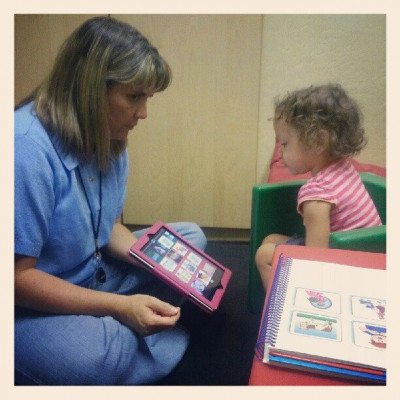
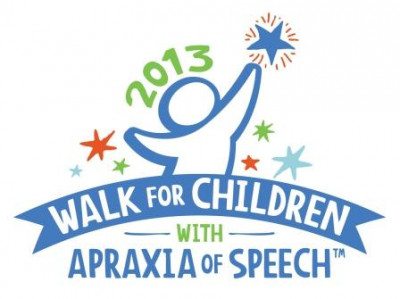
As a parent, this short video can say far more about apraxia than any of the words I have shared with you. This sums up so much of what I feel in my heart day in and day out, and I am so thankful to have CASANA there, supporting families like ours who are impacted by apraxia.
Thank you to Kleenex for letting me share some
information about apraxia and CASANA with you.
Kleenex brand, America’s softest tissue*, knows that once one experiences the softness of Kleenex brand tissues, they will be eager to share it with other cold and flu sufferers, friends and strangers alike, as a way to show they care. This cold and flu season, make the care complete with a Kleenex Brand Care Pack, and together we’ll turn a seemingly-small gesture into something bigger, to make everyone feel better. Visit kleenex.com/softness to learn more.
Disclosure: Compensation was provided by Kleenex via Glam Media.
The opinions expressed herein are those of the author and are not
indicative of the opinions or positions of Kleenex.
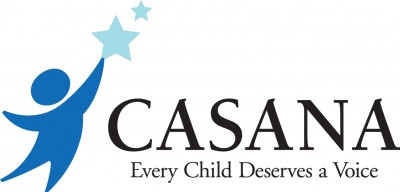



A. Still says
It’s great to see this types of conditions getting more and more recognition everyday. I learned of this condition because my was diagnosed with Developmental Dyspraxia (also known as DCD) and Verbal Apraxia is a comorbid condition that often manifests in Dyspraxic children. Luckily my son is verbal and can communicate most of the time but not always. Often times he is unable to put the right words or even the right sounds together to speak intelligibly. I have had to become fluent in my son’s own language but others around him struggle to understand him. It breaks my heart when he tries so hard to get the right word out and even I can’t understand him. I also have a niece with severe Verbal Apraxia. She only has a handful of words she can say but even those are not clear. So I am all too familiar with the struggles of parenting a special needs child. Good luck with your beautiful daughter. Hopefully someday soon these conditions will get the attention from the public and the medical community that they desperately deserve and need.
Lanie craig says
I had never heard of this before.Thanks for enlightening me on this disease.My daughter was diagnosed recently with a rare form of MS so I know how hard illness or problems with our children affect us.I have used many Kleenex lately myself